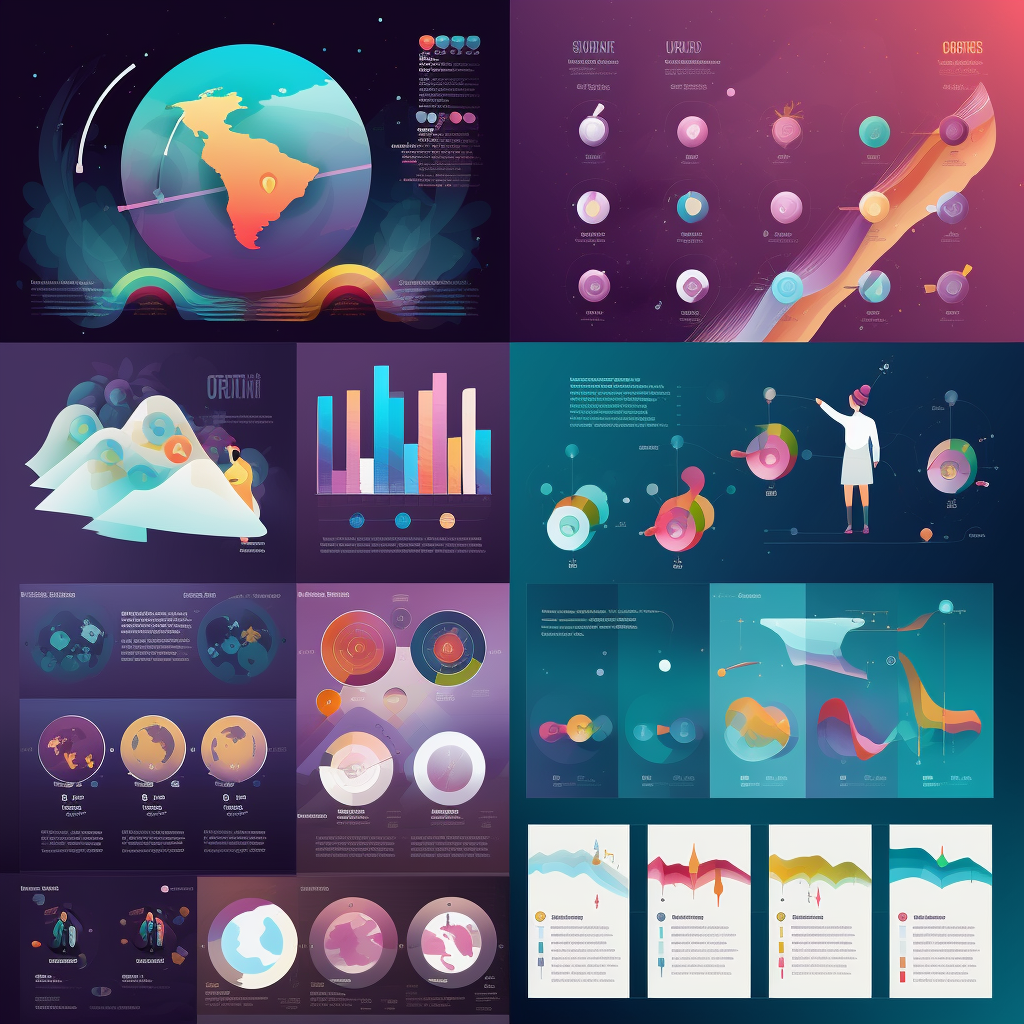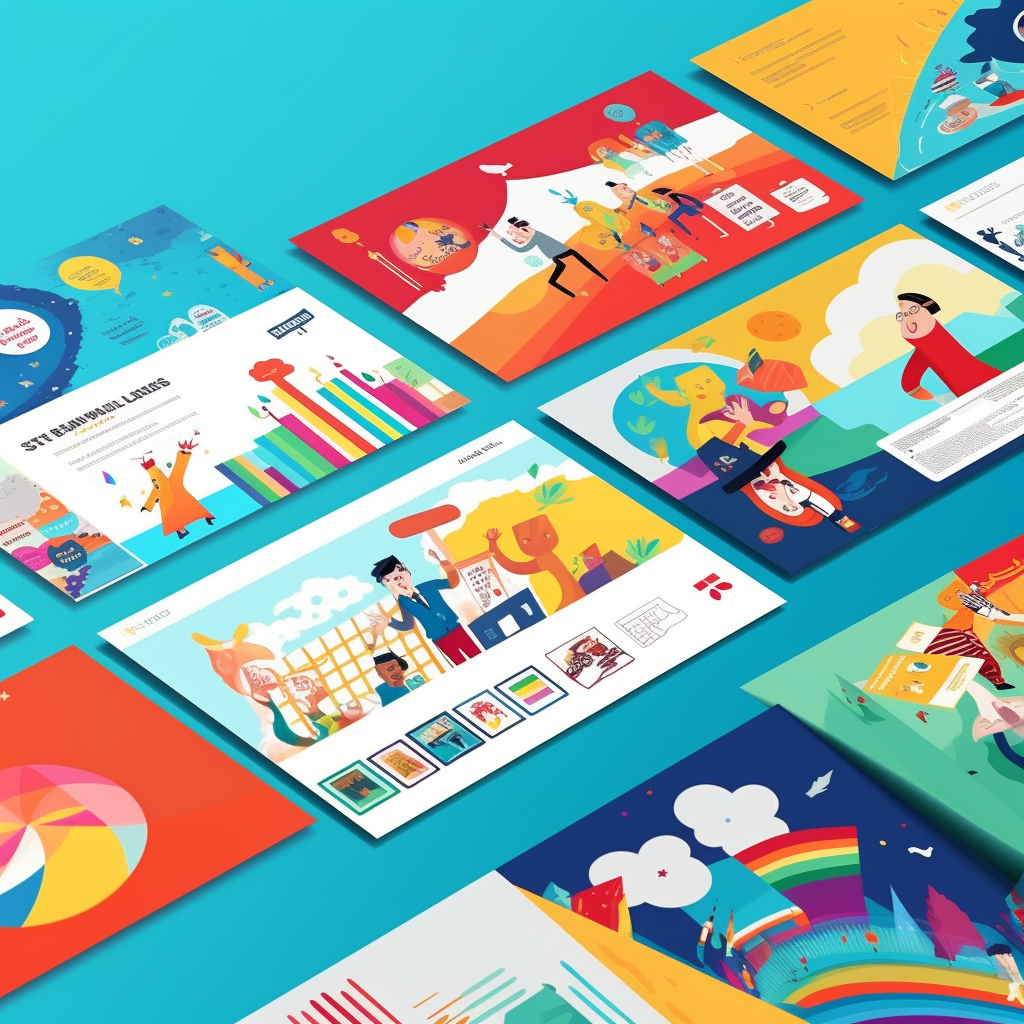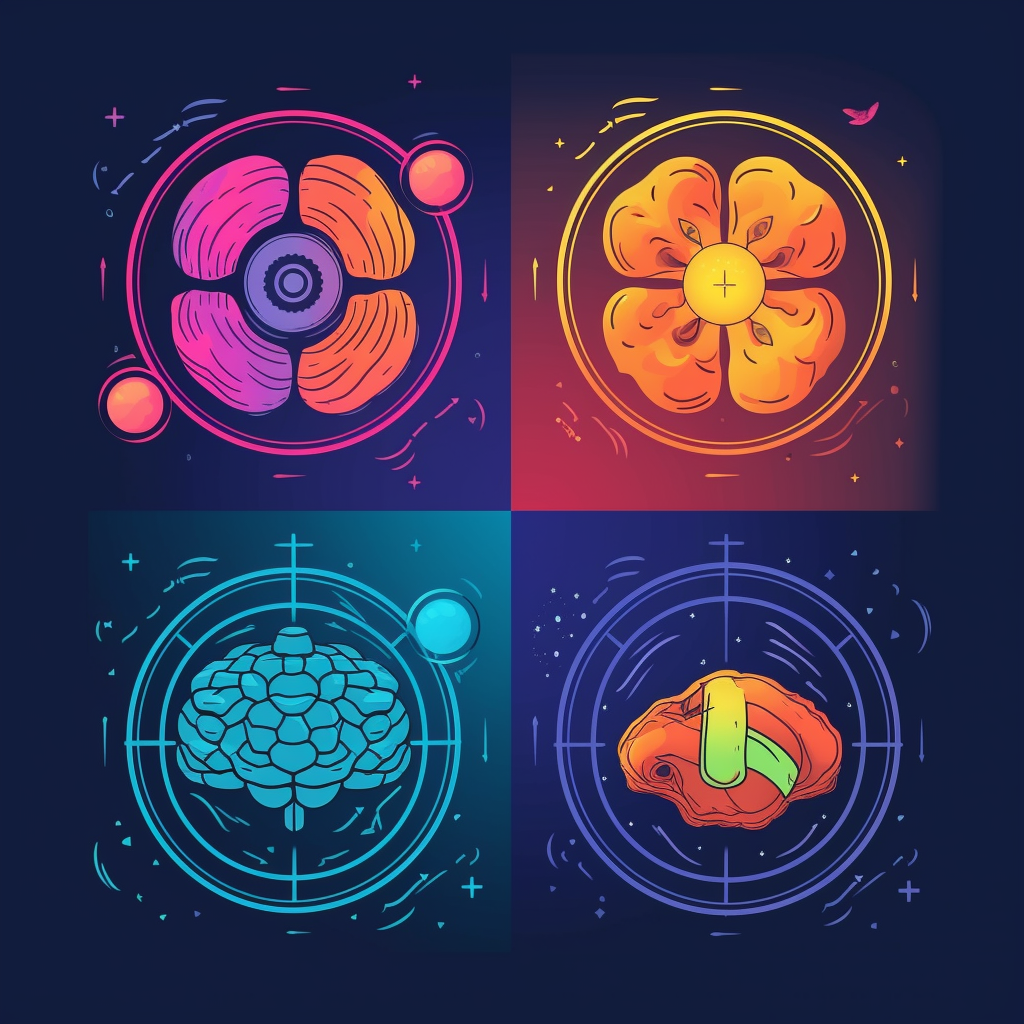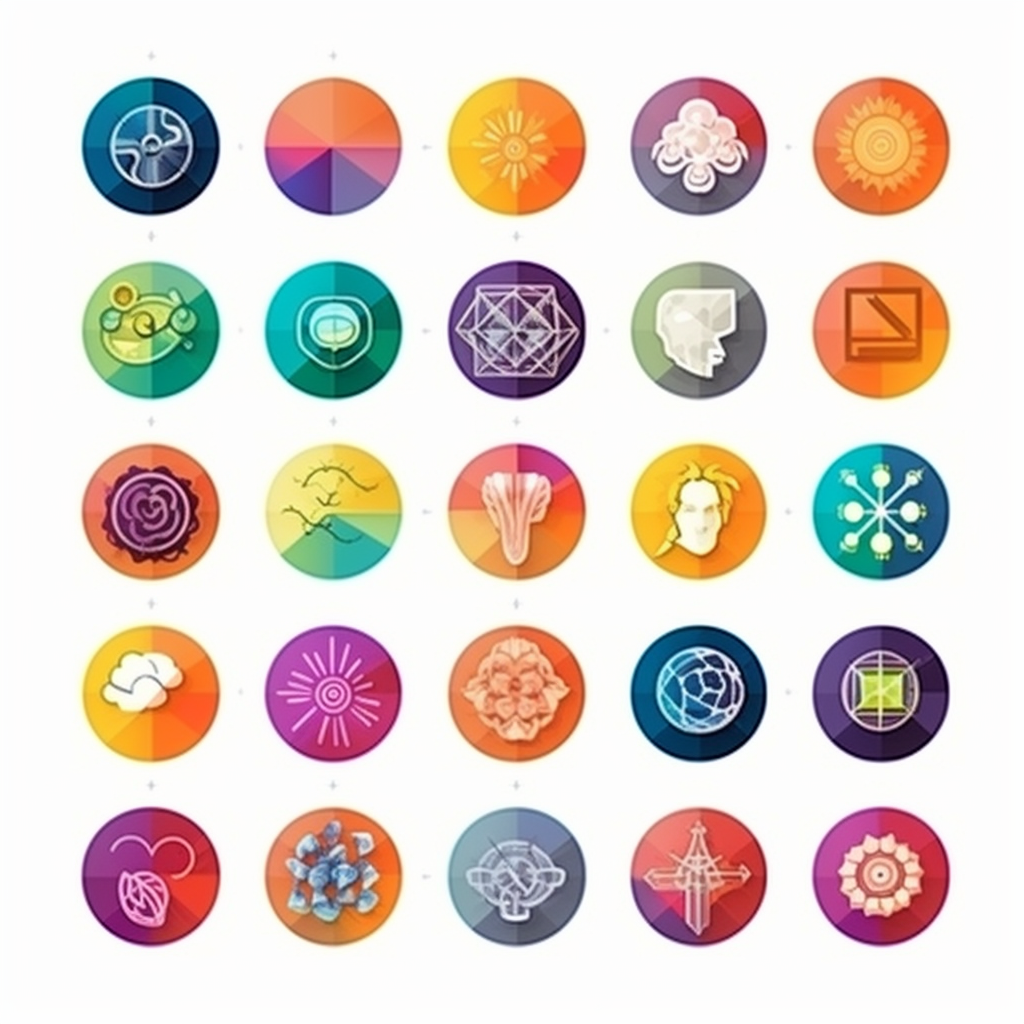What Is Visual Content?
- What Is a Social Media Campaign?
- What Is a Blog?
- Content Promotion Strategies
- What Are Custom Studies in Marketing?
- What Are Customer Studies?
- Data Sharing Strategy
- What Is Ebook Design?
- Email Newsletter
- Illustrations in Advertising
- What Is Infographic Marketing Strategy
- Infographic Design Definition
- What Is Infographic Marketing?
- What Is an Infographic?
- What Is Interactive Content Marketing?
- What Does it Mean to Create a Report?
- What Is a Presentation Design Strategy?
- What Is a Short-Form Blog Post?
- What Is a Whiteboard Animation?
- What Is Print Design?
- What Is Search Engine Optimization (SEO)?
- What Is Shareable Content?
- What Is Video Content Marketing?
- What Is a Long-Form Blog Post?
- What Is an Infographic Design Agency?
- What Is Visual Content?
- High-Domain Authority
- What Is Lead Quality?
- What Are Search Engine Rankings?
- Link Placement
- Anchor Text
- Metric Based Links
- What Is a Domain?
- What Are Backlinks?
- Spam Score
- Visual Identity
- Brand Awareness
- What Is Conversion Rate?
- What Is Visual Storytelling?
- What Is Text-Only Content?
- What Are Analytics?
- Bottom Of the Funnel
- What Is the Top of the Funnel?
- What Is Mid-Funnel?
- Content Marketing Strategy
- Social Optimization
- Personalized Content
- What are keywords?
- Inbound link
- Call to action (CTA)
- Crowdsourced content
- User-generated content
- Evergreen content
- Editorial calendar
- Dynamic content
- 3D animation
- Data visualization
- Bounce rate
- What is a brand?
- Content management system
- Branding
- Engagement rate
- Data mining
- Inbound marketing
- Outbound marketing
- Lifetime customer value
- Visual communication
- Visual organization
- Visual learning
- Decision tree
- Data dashboards
- Comparative advertising
- Conversion Path
- Cost per lead
- Customer loyalty
- Demographics
- Digital Marketing
- Digital Marketing Strategy
- Content Creation
- Content Creation Agency
- Content Creation Workflow
- Content Development
- Social Media Marketing
- Social Media Ads
- Lead Nurturing
![]()
Visual Content
Visual content uses images, illustrations or graphics to deliver valuable information in an engaging format. Most visual content is meant to inform and inspire and aims to build trust with the audience, increase brand awareness, and gain potential clients. Effective visual content is immediately easy to understand, it adds meaning to the message being shared, increases interest, and invites the viewer to click and consume other content that the supplier is sharing. In marketing, infographics are a high-level visual content marketing tool that have become increasingly popular over the past decade. Infographics are considered one of the most effective mediums for telling stories and sharing data.
———————————————————————————————————
The Importance of Visual Content in Digital Marketing
In today’s digital landscape, the power of visual content in marketing cannot be overstated. The human brain processes visuals 60,000 times faster than text, and 90% of the information transmitted to the brain is visual. With the rapid rise of social media and mobile technology, attention spans have significantly decreased, making visual content more critical than ever. In this article, we’ll discuss the importance of visual content in digital marketing, its impact on engagement and conversions, and provide an overview of the different types of visual content available.
The Impact of Visual Content on Engagement and Conversions
Visual content plays a vital role in driving user engagement and increasing conversion rates. Studies have shown that content with relevant images gets 94% more views than content without images, and social media posts with images receive 2.3 times more engagement than those without. Moreover, including a video on a landing page can increase conversions by 86%.
By incorporating visual elements into your marketing strategy, you can effectively capture your audience’s attention, convey complex information more efficiently, and create a lasting impression that resonates with potential customers.
Overview of Different Types of Visual Content
There is a wide array of visual content types that can be leveraged to enhance your marketing campaigns, including:
- Images: High-quality, contextually relevant images can break up long blocks of text and make your content more appealing and shareable.
- Videos: From explainer videos to customer testimonials, videos can powerfully showcase your product or service, connecting with your audience on a deeper level.
- Infographics: These visually compelling graphics can present complex data and statistics in an easily digestible format, making them highly shareable and engaging.
- Memes: When appropriate for your target audience, memes can evoke humor and create a sense of community around your brand.
- Presentations: SlideShare and other presentation-sharing platforms can help you disseminate information to a wider audience, while maintaining a visually appealing and engaging format.
- Screenshots: Screenshots can provide an inside look at your product or service, adding credibility to your marketing claims and boosting trust with your audience.
By understanding the importance of visual content in digital marketing and its impact on engagement and conversions, you can harness the power of visuals to elevate your marketing campaigns and drive tangible results. In the following sections, we’ll delve deeper into each visual content type, providing best practices, examples, and valuable resources to help you create and optimize your own visual content strategy.
Types of Visual Content to Enhance Your Marketing Strategy
In this section, we’ll explore various types of visual content that can significantly improve your marketing strategy, drive engagement, and boost conversions.
Images

- Stock photos: High-quality stock photos can be a valuable resource when you need professional-looking images for your content. Websites like Unsplash, Pexels, and Pixabay offer a vast selection of free, high-resolution stock images for various purposes.
- Original photos: Creating your own photos can add a personal touch to your marketing materials, showcasing your brand’s unique personality. Original photos can feature your products, team members, or behind-the-scenes glimpses of your business.
- Illustrations: Custom illustrations can help you convey abstract concepts or create a unique visual identity for your brand. You can commission an artist or use tools like Canva and Adobe Illustrator to create your own illustrations.
Videos

- YouTube video: “The Power of Video Marketing” [link to video]: This video highlights the importance of video marketing and offers tips for creating compelling content.
- Explainer videos: These short, animated videos provide a simple, engaging way to explain your product or service to potential customers.
- Product demonstrations: Showcasing your product in action can help potential customers understand its features, benefits, and ease of use.
- Customer testimonials: Genuine testimonials from satisfied customers can build trust and credibility, encouraging potential customers to choose your product or service.
- Live streaming: Platforms like Facebook Live, Instagram Live, and Twitch allow you to engage with your audience in real-time, answering questions, offering sneak peeks, and fostering a sense of community.
Infographics

- The benefits of using infographics: Infographics can increase brand awareness, improve information retention, and boost shareability on social media.
- Tips for creating effective infographics: Use a consistent color scheme, choose clear and readable fonts, and ensure your data is accurate and relevant. Tools like Canva, Piktochart, and Venngage can help you design professional-looking infographics.
Memes and GIFs
Memes and GIFs can add humor and relatability to your marketing content, particularly when targeting a younger audience:
- The role of memes and GIFs in marketing: These playful visuals can create in-jokes, evoke emotions, and promote engagement on social media.
- Best practices for using memes and GIFs: Ensure that memes and GIFs are relevant to your target audience and consistent with your brand’s tone and voice. Be cautious not to overuse them or rely solely on trending memes, as they can quickly become outdated.
Presentations

- SlideShare: This platform allows you to upload and share presentations with a vast audience, increasing the reach and impact of your content.
- Tips for creating engaging presentations: Use concise text, high-quality visuals, and consistent design elements. Keep your audience in mind and focus on delivering value through your presentation.
Screenshots and screen recordings
Screenshots and screen recordings can add credibility to your marketing claims, showcase your product’s functionality, and provide visual tutorials:
- How to use screenshots effectively: Use screenshots to support claims, illustrate features, or demonstrate specific steps in a process. Annotate your screenshots to draw attention to important elements or provide additional context.
- Tools for creating screen recordings: Use tools like Loom, Screencast-O-Matic, or Camtasia to create high-quality screen recordings for tutorials, product demos, or customer support materials.
Design Principles for Creating Captivating Visual Content
In this section, we will discuss various design principles that can help you create visually appealing and engaging content for your marketing campaigns. By considering color psychology, typography, layout, and brand consistency, you can create visual content that resonates with your audience and enhances your brand identity.
Color psychology

- The impact of color on emotions and perception: Color plays a significant role in evoking emotions and influencing perception. Different colors can trigger various psychological responses, making it essential to choose colors that align with your brand message and target audience.
- Using color strategically: Consider using contrasting colors to create visual interest and make specific elements stand out. Additionally, use colors that are consistent with your brand identity and that evoke the emotions you want your audience to associate with your brand. For more information on color psychology, check out this resource: Color Psychology in Marketing: The Ultimate Guide.
Typography and fonts

- Choosing the right fonts for your visual content: Typography is a crucial element of design that influences readability and the overall aesthetics of your content. Select fonts that are legible, visually appealing, and consistent with your brand identity.
- Mixing and matching fonts: When combining different fonts, aim for a balance between complementing and contrasting styles. Pair a bold, eye-catching header font with a more subtle and readable body font. For an extensive list of fonts and pairing suggestions, check out Google Fonts.
Layout and composition
- The rule of thirds: This is a basic principle of design that helps create visual interest and balance in your content. Divide your design into a 3×3 grid and position key elements along the gridlines or at their intersections for a more dynamic composition.
- White space and balance: White space, or negative space, is the empty area around design elements. It helps create a sense of balance and reduces visual clutter, making your content easier to consume. Be intentional with your use of white space, and avoid overcrowding your design.
Consistency in branding
- Maintaining a cohesive visual identity across all content: Consistency in branding is crucial for building brand recognition and trust. Use a consistent color palette, typography, and design elements across all of your visual content to create a cohesive look and feel.
- Developing a brand style guide: A style guide is a document that outlines your brand’s visual guidelines, including colors, fonts, and design principles. This resource helps ensure that all team members and external collaborators maintain consistency when creating visual content for your brand. For a step-by-step guide on creating a brand style guide, check out this resource: How to Create a Brand Style Guide.
Tools and Resources for Creating Visual Content
In this section, we’ll explore various tools and resources that can help you create high-quality visual content for your marketing campaigns. These tools cater to different aspects of visual content creation, such as graphic design, video editing, and sourcing images.
Graphic design tools
- Canva Canva website: Canva is a user-friendly graphic design tool that offers a wide range of templates and design elements, making it easy for anyone to create professional-looking visuals.
- Adobe Creative Suite Adobe website: The Adobe Creative Suite includes various industry-standard design tools, such as Photoshop, Illustrator, and InDesign, that cater to professional designers and businesses.
- Figma Figma website: Figma is a collaborative design platform that allows teams to work together on projects in real-time, streamlining the design process and improving efficiency.
Video editing tools
Final Cut Pro Final Cut Pro website: Final Cut Pro is a professional video editing software developed by Apple, offering advanced features and a user-friendly interface for Mac users.
- Adobe Premiere Pro Adobe Premiere Pro website: Adobe Premiere Pro is a powerful video editing tool used by professionals and enthusiasts alike. It provides an extensive range of features for editing, color grading, and visual effects.
- DaVinci Resolve DaVinci Resolve website: DaVinci Resolve is a comprehensive video editing and color grading software that offers professional-grade features, including advanced color correction and visual effects tools.
 Image resources
Image resources
- Unsplash Unsplash website: Unsplash is a platform that offers high-quality, royalty-free images contributed by photographers around the world. You can use these images for various purposes, including marketing campaigns and website design.
- Pexels Pexels website: Pexels is another resource for finding high-quality, free-to-use images and videos. The platform has a vast library of visual content, making it easy to find images that suit your needs.
- Pixabay Pixabay website: Pixabay is a popular platform for sourcing royalty-free images, illustrations, and videos. Their extensive collection of visual content ensures you can find the perfect asset for your marketing campaign.
Optimizing Visual Content for SEO

Image optimization

- File formats and compression: Choose the appropriate file format (such as JPEG, PNG, or WebP) and compress images to reduce file size without compromising quality. Smaller file sizes lead to faster page load times, improving user experience and SEO.
- Proper use of alt text: Provide descriptive alt text for each image on your website. Alt text helps search engines understand the content and context of your images, improving accessibility and SEO.
Video SEO
- YouTube video: “Optimizing Your Videos for SEO” Optimizing Your Videos for SEO: Watch this video to learn more about video SEO best practices and tips.
- Creating engaging video titles and descriptions: Write compelling titles and descriptions for your videos, incorporating relevant keywords to help search engines understand the content and context of your videos.
- The importance of video transcripts and captions: Providing transcripts and captions for your videos improves accessibility, user engagement, and SEO. Transcripts make it easier for search engines to index your video content and understand its relevance.
Measuring the Success of Your Visual Content

Key performance indicators (KPIs)
- Engagement metrics: Track metrics such as clicks, views, shares, and comments to gauge how your audience is interacting with your visual content.
- Conversion metrics: Monitor conversion rates, lead generation, and sales to assess the impact of your visual content on your overall marketing goals.
A/B testing
- The benefits of testing different visual content: A/B testing allows you to compare the performance of different versions of visual content to determine which one resonates better with your audience.
- Tools for A/B testing: Use tools like Google Optimize, Optimizely, and VWO to run A/B tests on your visual content and gather actionable insights.
Analyzing results and making improvements
- Learning from your data: Use the data collected from KPIs and A/B tests to identify areas of improvement in your visual content strategy.
- Continuously improving your visual content strategy: Regularly analyze your data and implement changes to optimize your visual content for better engagement and conversions.
Conclusion
The ongoing importance of visual content in digital marketing cannot be overstated. By committing to a consistent and engaging visual content strategy and continually optimizing and analyzing its performance, you’ll be well on your way to achieving your marketing goals and boosting your brand’s online presence.







 Final Cut Pro
Final Cut Pro  Image resources
Image resources

